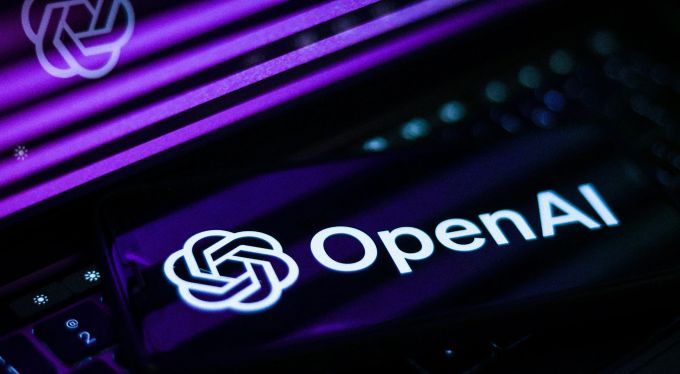TECH NEWS – The CEO may have been helped by employees in the soap opera surrounding OpenAI behind ChatGPT.
We’ve been following the events surrounding OpenAI, which can be summarized as the company’s board of directors replacing Altman, who took a new job at Microsoft, one of OpenAI’s investors, but the Redmond company left the door open for him to return, which he did. All this is said to have happened because of an AI discovery that could threaten humanity. And the New York Times investigationhas added to the story.
Altman’s comeback was not easy: according to the NYT (after interviewing dozens of people), it took the support of employees. Altman hosted them at his home in San Francisco. Although the company’s scandal exploded in November, Altman and the former board had been at odds since September, when they could not agree on how to fill vacancies. Altman wanted to create a for-profit subsidiary and decided to promote an OpenAI researcher to the same position as the company’s chief scientist (Ilya Sutskever). These were factors that contributed to a lack of trust among shareholders. Altman was also not immediately at the top of the company, as he only took the post in 2019, four years after the creation of an alternative to Alphabet subsidiary Google’s Deepmind AI division.
This year, the board feared that Altman might use his connections to reverse his removal, so they secretly ousted him in an online meeting and only informed him afterwards. At first he accepted, then the others motivated Altman to return, and only at first did he and the board agree on the selection of new members, because the negotiations had gone nowhere. Altman was sure (especially because of Microsoft’s offer) that he would force the board to reinstate him as CEO after hundreds of employees sent an open letter of resignation if Altman did not get his job back.
But now the FTC (Federal Trade Commission) is also asking about Microsoft’s investment in OpenAI. Microsoft does not have a majority stake, but because of OpenAI’s nonprofit nature, it is not required to report acquisitions or investments. The company has not officially released details of GPT-4, which operates on the Large Language Model (LLM), but the media core has 1.8 trillion parameters across 120 layers. If true, GPT-4 could be far more powerful than Google’s GLaM (Generalist Language Model; 1.2 trillion parameters across 32 layers).
After all, it is understandable that staff support is needed…
Source: WCCFTech















Leave a Reply